Expert: Wlasiuk accident was faked
NORWICH – The prosecution’s accident reconstruction specialist Thursday painted a detailed theory of how Peter M. Wlasiuk allegedly murdered his wife.
Also in court were two witnesses who claimed they heard a woman scream on the night of April 3, 2002, calling into question the prosecution’s premise that Patricia Wlasiuk was already dead when she entered the water.
Sergeant Andrew Frate has been an accident reconstruction specialist since 1987 for the Monroe County Sheriff’s Office. Thursday, he testified to his findings during his examination of the alleged Guilford Lake accident.
“In my opinion this entire incident was staged and claimed to be an accident. It’s filled with inconsistencies and impossibilities,” Frate told Wlasiuk’s jury of eight women and four men.
Frate recalled the original account of the accident he received before beginning his investigation based on Wlasiuk’s statements given to police on April 3 and 5, 2002.
Wlasiuk’s original story

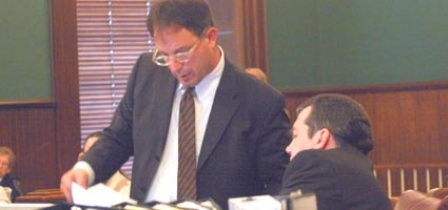

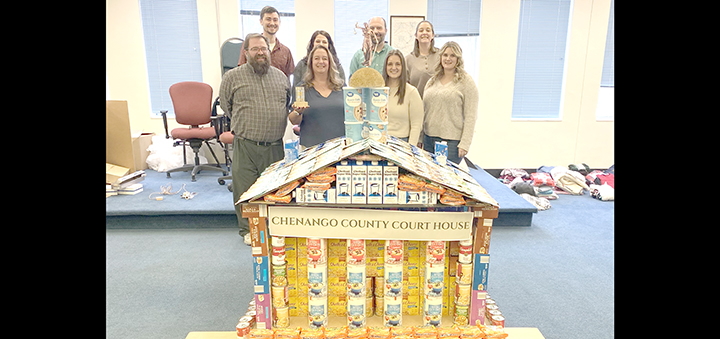
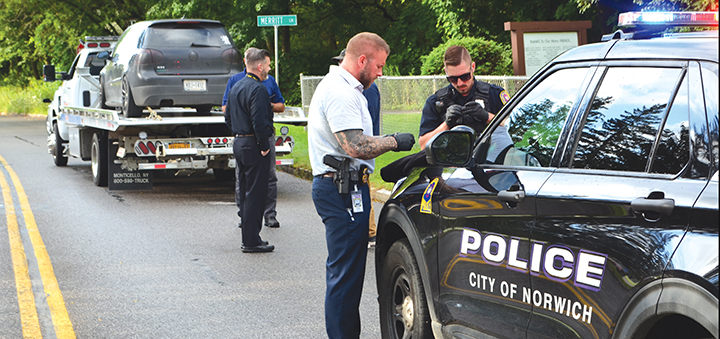
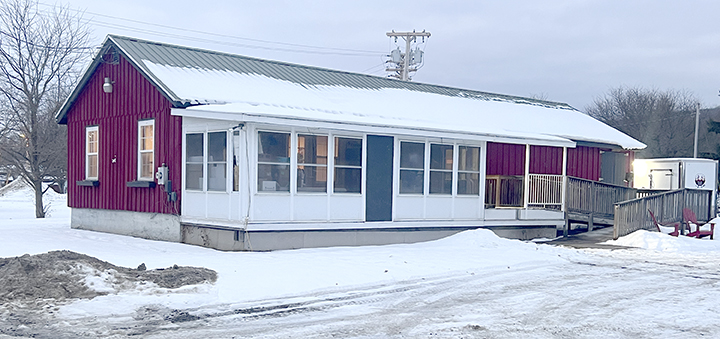

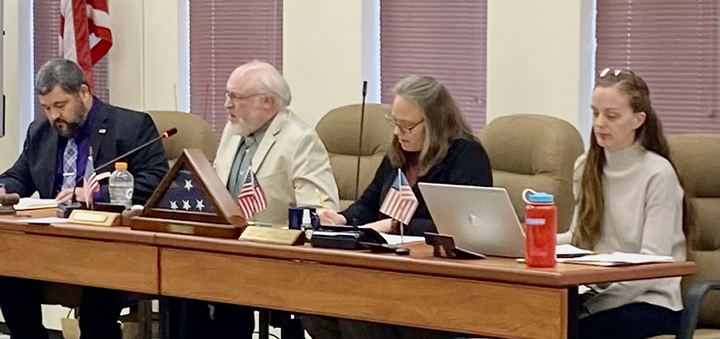
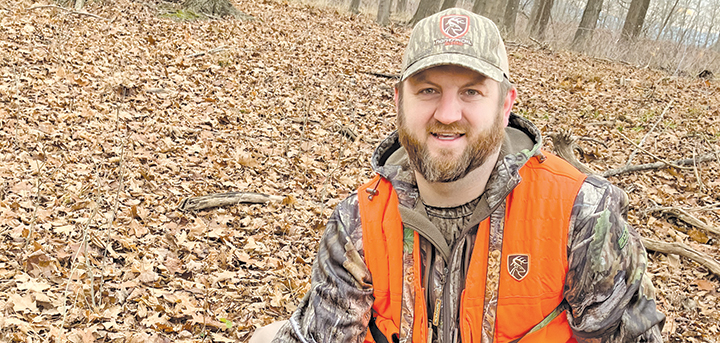


Comments